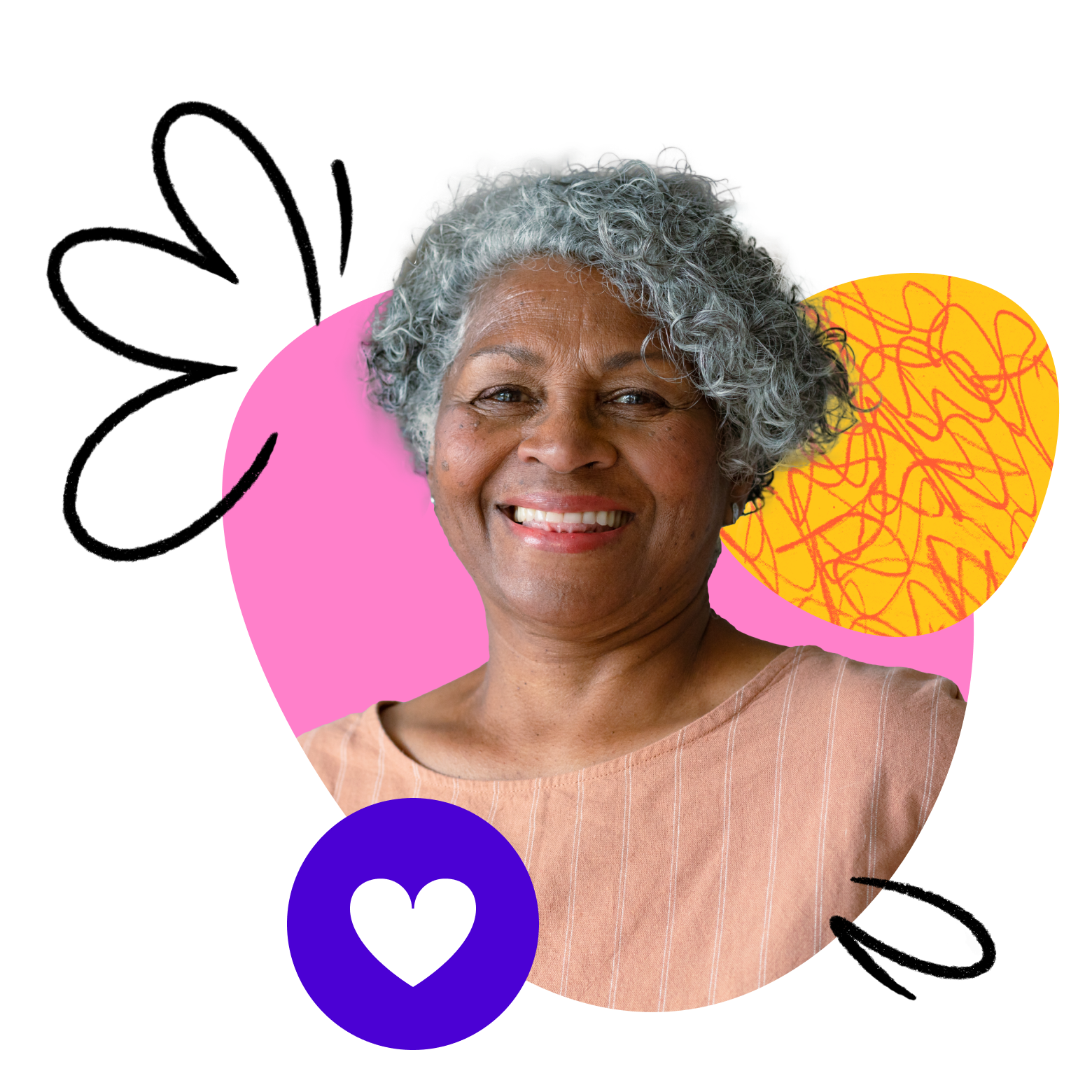After two years of a pandemic, the educational landscape in the U.S. and Canada has shifted significantly:
- More people are homeschooling their children than in 2019.
- Reports indicate that many students in traditional schools have lost ground in academic subjects.
- Educators are retiring or leaving brick-and-mortar schools in record numbers.
- Students are more stressed than before the pandemic.
The changing educational environment is affecting virtual learning, too. Educators on Outschool, for example, are teaching more homeschooled learners and stepping up to offer more tutoring and other 1-on-1 classes for learners in brick-and-mortar schools who need additional learning support.
We’ll delve into these trends a bit more to help you build a successful virtual teaching business in this new educational space.
Increase in homeschooling
Even after traditional schools returned to in-person learning following the height of the pandemic, the number of families choosing homeschooling has remained high compared to pre-pandemic times. In 18 states surveyed, the number of homeschooled students was 46% higher in 2021-2022 than in the 2019-2020 school year.
Outschool has also seen an increase in homeschooled learners in the last few years, with the percentage of students who indicate they primarily learn at home rising to 51% in 2022. Outschool research has found that families’ number one reason for homeschooling is that they believe they can provide a better education at home, one that is tailored to children’s interests, learning styles, and schedules.
Some families who teach their children at home choose virtual classes for academic subjects and enrichment activities. Live online meetings taught by educators also appeal to homeschool families looking for more social opportunities for their kids and teens.
The need to re-engage in learning
In the aftermath of the pandemic, “learning recovery” has become a common theme for students in public schools in both the U.S. and Canada. Many of those learners have experienced declines in achievement (and engagement), specifically in areas like math and reading.
Students in public education have been regaining academic skills lost during the pandemic, but there’s plenty of room to continue learning and practicing skills. Researchers estimate that the average elementary-age child will need at least three years to return to pre-pandemic academic levels, and older students may require five or more years.
One method being touted as successful in reconnecting kids and teens with a love of learning is tutoring. An analysis of studies evaluating the effectiveness of tutoring found that taking individual classes with educators significantly improved students’ performance in the subject area in which they received 1-on-1 instruction.
As a result, more educators have started to explore offering online tutoring services that match their expertise as a way to supplement income or even build a full-time business. Teachers with specialized experience or a knack for helping struggling students have the chance to connect with families searching for just the right mentor for their kid or teen.
New opportunities for educators
Educators in brick-and-mortar schools have been resigning in high numbers since the pandemic began. Burnout, staff shortages, and pay are among the reasons they’re making a change. Fifty-five percent of current public school educators are thinking of leaving the profession early, based on a survey released in February of 2022.
Educators leaving traditional schools often want to continue to use their skills to support young people and to tap into their passion for education and the topics they teach. One way they can do that is to enter the virtual teaching market.
Online learning is here to stay and is, in fact, growing. The pandemic only accelerated an existing trend of students exploring online learning options, whether that’s hybrid learning or completely virtual.
Educators who choose to create their own online classes on platforms like Outschool can teach classes on subjects they’re passionate about, at times that work for them, and from their home (or location of choice). They also teach learners globally who choose to sign up for their classes.
Besides flexibility, another huge bonus for educators who have their own online teaching business is the possibility of increased income. As an entrepreneur, an educator’s lifestyle and earnings are much more in their control.
Prioritizing support for youth wellness
The arrival of covid-19 exacerbated mental health struggles like anxiety and depression that many young people were already facing. Not all youth have been affected equally — reports indicate that female and LGBTQ+ students as well as young people of color have faced the most challenges.
Interactive and collaborative virtual classrooms taught by educators can encourage learners’ positive relationships with peers and teachers. Helping students build connections can be an important way to boost young people’s health and wellbeing and a motivational factor for educators in choosing online teaching.
Educators who teach any topic in an online setting can do routine check-ins with students to help build significant, caring relationships. Those with relevant expertise can also teach wellness strategies in areas like building resilience or managing emotions. (On Outschool, this must stop short of providing therapy services.)
Next steps
With these trends — an increased number of homeschoolers, more tutoring opportunities, an upswing in teachers quitting brick-and-mortar schools, and the ability to connect with young people online who need support — online education offers a growing number of possibilities for both educators and learners.
If you’re considering building a virtual teaching business, check out these benefits to becoming an entrepreneur. Just as online learners can chart their own learning path, educator entrepreneurs on platforms like Outschool have the freedom to reimagine their teaching lives.
Take a look at what online classes are trending on Outschool for Fall 2022. Then explore what it takes to begin your teaching business.

